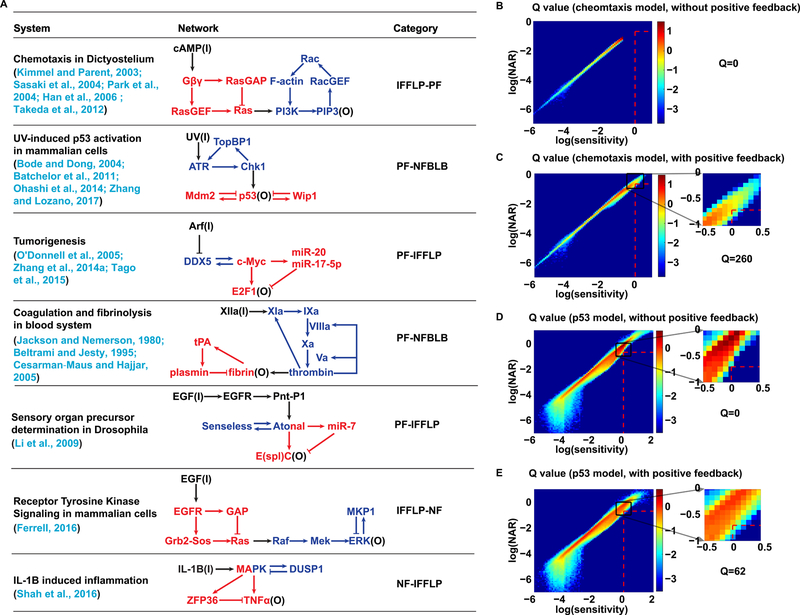Figure 4. Examples of biological systems capable of dual function.
(A) A list of biological systems that include both adaptation module and noise attenuation module. Biological process (along with the references), network topology and category of module combination are illustrated for each system.
(B-C) The joint histogram of NAR-Sensitivity without and with the positive feedback loop between PI3K and PIP3 in the chemotaxis model. The color bar indicates the density of parameter sets in a given region. The area bounded by red dashed line is the region of dual function, i.e., sensitivity>1 & NAR<0.2 & precision>10. The corresponding Q value is indicated on the right.
(D-E) The joint histogram of NAR-Sensitivity without and with the positive feedback loop between ATR and TopBP1 in the p53 model. The color bar indicates the density of parameter sets in a given region. The area bounded by red dashed line is the region of dual function, i.e., sensitivity>1 & NAR<0.2 & precision>10. The corresponding Q value is indicated on the right.

